
Painting "Rooster singing at night".
They are all called artisans, but the creative artisan is a master of the woodblock cutting artisan (nowadays called woodblock engraving). In the past, the creators were often scholars, people who understood culture, history, society; had the talent of observation, had aesthetic sense... That is why Dong Ho paintings have very rich content, not only depicting scenes of rural life but also historical and religious content; many paintings have very profound meanings. On the paintings there are often Chinese characters, Nom characters, and later even national language characters.
What is special is that in the paintings of herds of pigs, solitary pigs, pigs eating date leaves, and even the pigs in the paintings of the Land God and Kitchen God, each animal has two whorls - stylized representations of the yin and yang symbol.
Since ancient times, through life experiences, Eastern people have drawn out the philosophy of yin and yang. Initially, there were very specific concepts: Female - yin, male - yang, Earth - yin (symbol is square), Sky - yang (symbol is circle), gradually people discovered many other common opposite pairs: The cold north - yin, the warm south - yang; winter - yin, summer - yang; night - yin, day - yang...
Later, people discovered the basic laws of the yin-yang principle: Nothing is completely yin or completely yang, within yin there is yang, within yang there is yin. Yin and yang are always closely related to each other, moving and transforming into each other, yin develops to the extreme then turns into yang; yang develops to the extreme then turns into yin.
Dong Ho ancient paintings always have pairs, the form of the pair of paintings itself shows the philosophy of yin and yang, the content of the paintings shows this even more clearly: Mr. Matchmaker - Mrs. Moon (Mr. Matchmaker - Yang, Mrs. Moon - Yin); literary arena - martial arena (literary - Yin, martial - Yang); catching coconuts - fighting jealousy (catching coconuts: Peaceful, happy - Yin, fighting jealousy: Unhappy, turbulent - Yang)...
In those pairs of paintings, the two paintings have the same style and layout, sometimes completely symmetrical. The words on the paintings are usually a couplet or one or two lines of poetry. For example, the pairs of paintings: Catching coconuts - Fighting jealousy ("Stop, stop being angry and make peace/ Why do things create shame for yourself and me"); Progressing wealth - Progressing fortune ("Tai hang nguyen chi/ Loc vi cao thang"); "Progressive civilization toa tang xuong/ Customs of reformed opera moa tang phu"; "Trung Vuong uprising/ Trieu Au marched to the army"; "Dinh Tien Hoang used reed flags to practice battle/ Dong Thien Vuong defeated the An invaders"... Those are clear PAIRS that everyone understands. This type of painting is widely available in places that currently sell Dong Ho paintings (directly or online - including in Dong Ho village), but unfortunately, the sellers keep selling each painting separately (for ease of sale, or do they not understand the philosophy of yin and yang?).
Currently, some pairs of Dong Ho paintings have lost one side (not even in Dong Ho village). With the available documents, I would like to temporarily restore them, hoping that the woodblock artisans will produce standard printed woodblocks. For example, the painting "Ga dai cat" is missing the side "Ga nghinh xuan": The two chickens are symmetrical, the layout is the same, the word "dai cat" is replaced by the word "nghinh xuan".
Or the painting "The Rooster at Night" has the line "The Rooster crows regularly at five o'clocks of the night". Without the other part, the rooster returns, and the line "The rooster brings three good things" (The day brings three good things). According to ancient beliefs, the sound of a rooster crowing drives away evil spirits and monsters, bringing good luck. Here the author uses a play on words with different meanings: "Binh minh" means dawn and "minh nghia" means crowing (ke minh: Rooster crows). Mencius said: "Ke minh vi thien" (Good people hear the rooster crowing in the morning and wake up immediately to do good deeds). In the long poem "Gia huan ca", Nguyen Trai wrote "The career of studying advises the husband to sleep / The sound of a rooster crowing makes a loud noise day and night...". The way the words in the painting are presented is also very unique: Symmetrical. Normally, Chinese characters must be read from right to left. The words "The Rooster crowing in the night" are read like that. But the words "Nhat minh tam tac thuy" must be read in reverse - from left to right - to form a parallel sentence.
The above information shows that playing with just one "Great Luck Chicken" or just one "Night Singing Chicken" painting loses 90% of the value of the pair of paintings, wasting the idea of the author - a respected Confucian scholar!
Here, I would like to mention the names of some Dong Ho artists who lived in the late 19th and early 20th centuries, who created pairs of woodblock prints and published for many years, but rarely mentioned in the media. There is one thing in common: among the following artists who created Dong Ho paintings, none were official farmers. They lived in the countryside but did not know how to farm. When they were young, they went to school, and when they came home, they helped their parents and grandparents make paintings and votive offerings. When they grew up, if they did not take the exam or failed the exam, they would come home to teach, paint, and draw votive offerings.
The first is artist Nguyen The Thuc (1882-1943), commonly known as Cu Dam Giac. Among his works, we can mention: "Ga thu hung" (parallel verse: "Many children and grandchildren, like wings and feathers/ Having enough wives and husbands, having a head and a beak"); "Tien tai - Tien loc" ("Talent is always the same will/ Loc vi cao thang"); "The story of laying a hundred eggs - King Hung chooses a son-in-law", "Thuc An Duong Vuong - Trieu Viet Vuong", "Swinging in pairs, Catching eels - Blindfolded goat catching", "Football - Dancing"...
Next is artist Vuong Chi Long (1887-1944), pen name: Ngoc Long, also known as Cu Do Long. Typical works: "Vinh hoa - Phu quy", "Nhan nghia - Le tri", "Van van minh tien - Phong tuc cai luong", "Ruoc dragon - Mua lion" (later converted into Vietnamese: "Cat Tay dan ky lan - Mice tou vang vang")...
Another name of Dong Ho painting in the 20th century is artist Phung Dinh Nang (1912-1993, pen name: Hien Nang) known for a number of typical works such as "Trung Vuong Uprising - Trieu Au Going to War", "Ngo Vuong Quyen Fighting the Han - Tran Hung Dao Defeating the Yuan Army", "Dinh Tien Hoang Using Reed Flags to Practice Battle - Dong Thien Vuong Defeats the Yin Enemy", "Progressive Civilization - Revival of Physical Education"... Or artist Nguyen The Lam (1913-1978) also left his mark in the life of Dong Ho painting with a number of works such as: "Protecting Peace - Building the Nation"; "We Are Determined to Go/ Building Peace Must Be Remembered in Our Hearts", "Bringing Birds Flying to the Sky - World Peace Spreads Songs"...
Source





![[Photo] Conference of the Government Party Committee Standing Committee and the National Assembly Party Committee Standing Committee on the 10th Session, 15th National Assembly](https://vphoto.vietnam.vn/thumb/1200x675/vietnam/resource/IMAGE/2025/10/15/1760543205375_dsc-7128-jpg.webp)

![[Photo] General Secretary To Lam attends the 18th Hanoi Party Congress, term 2025-2030](https://vphoto.vietnam.vn/thumb/1200x675/vietnam/resource/IMAGE/2025/10/16/1760581023342_cover-0367-jpg.webp)
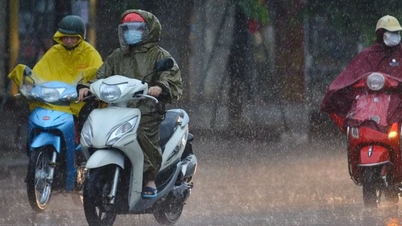




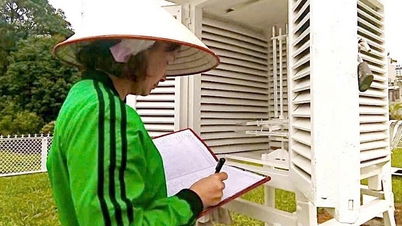
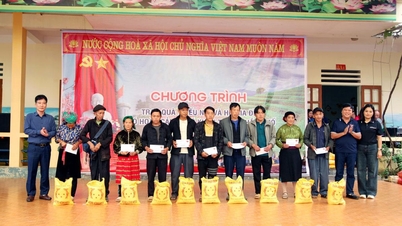
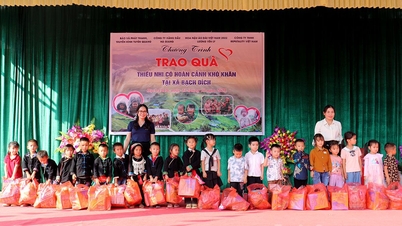

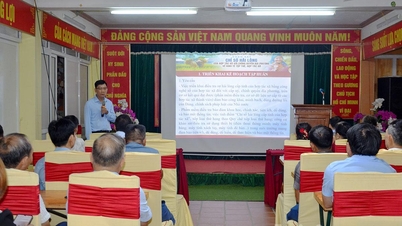
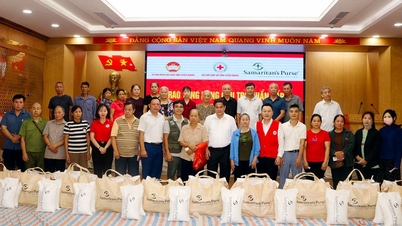
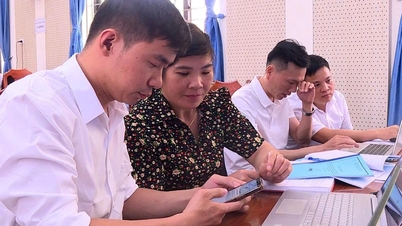
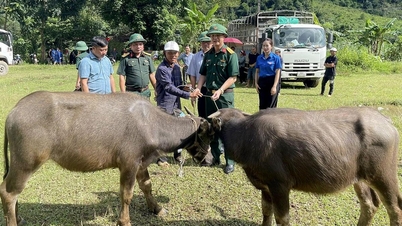










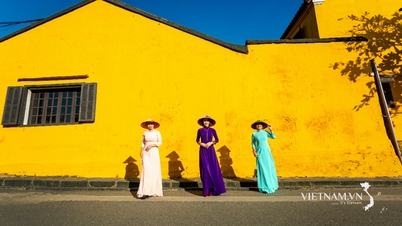
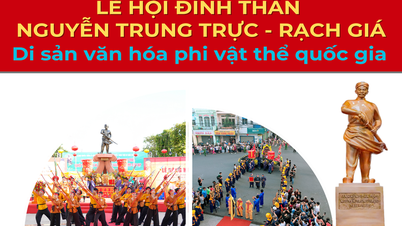

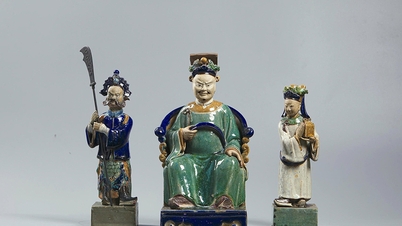



![[Video] TripAdvisor honors many famous attractions of Ninh Binh](https://vphoto.vietnam.vn/thumb/402x226/vietnam/resource/IMAGE/2025/10/16/1760574721908_vinh-danh-ninh-binh-7368-jpg.webp)


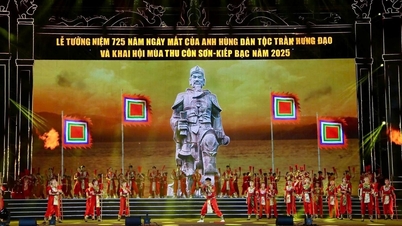

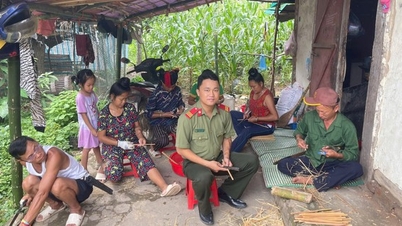

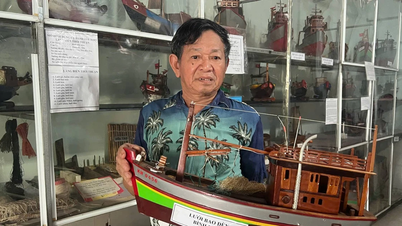




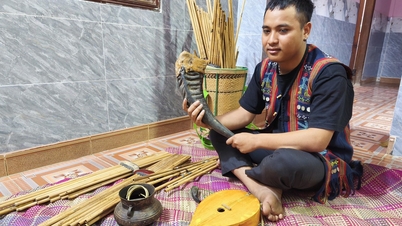
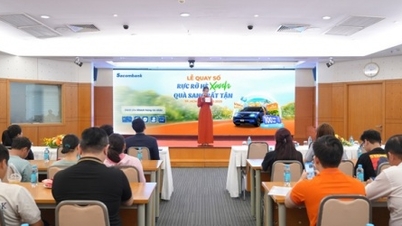













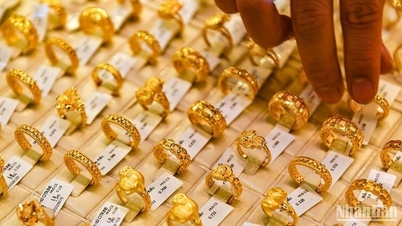
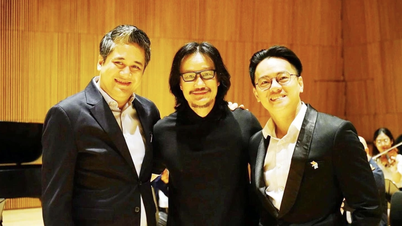

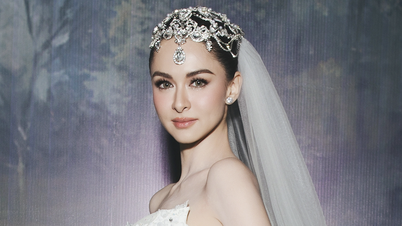
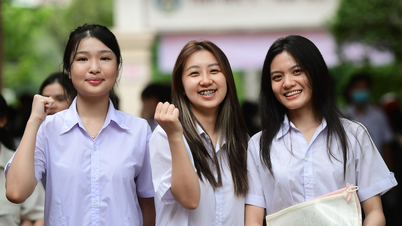





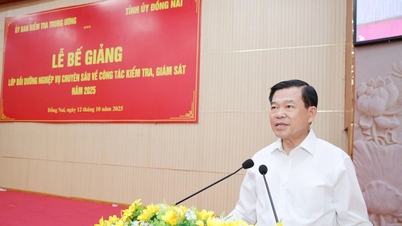

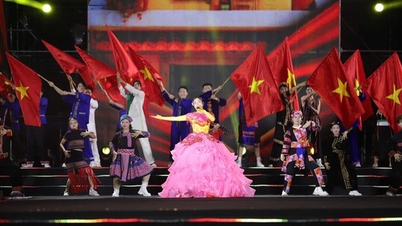







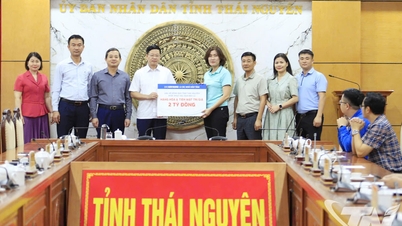



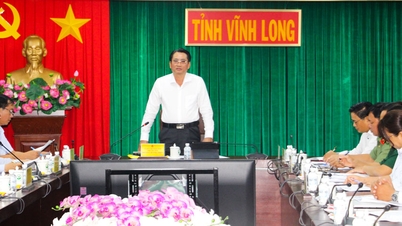

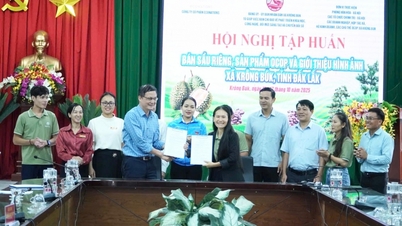













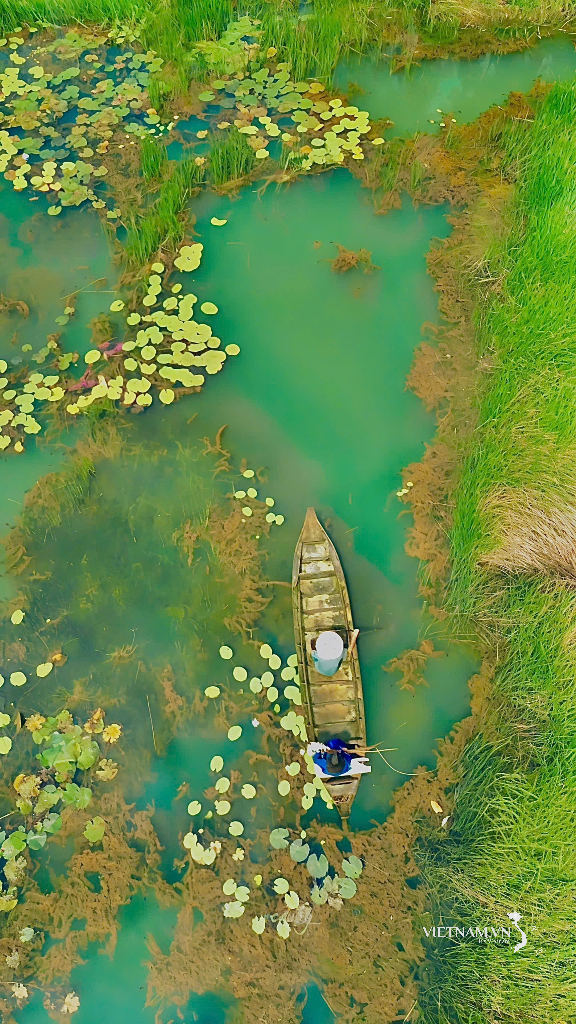


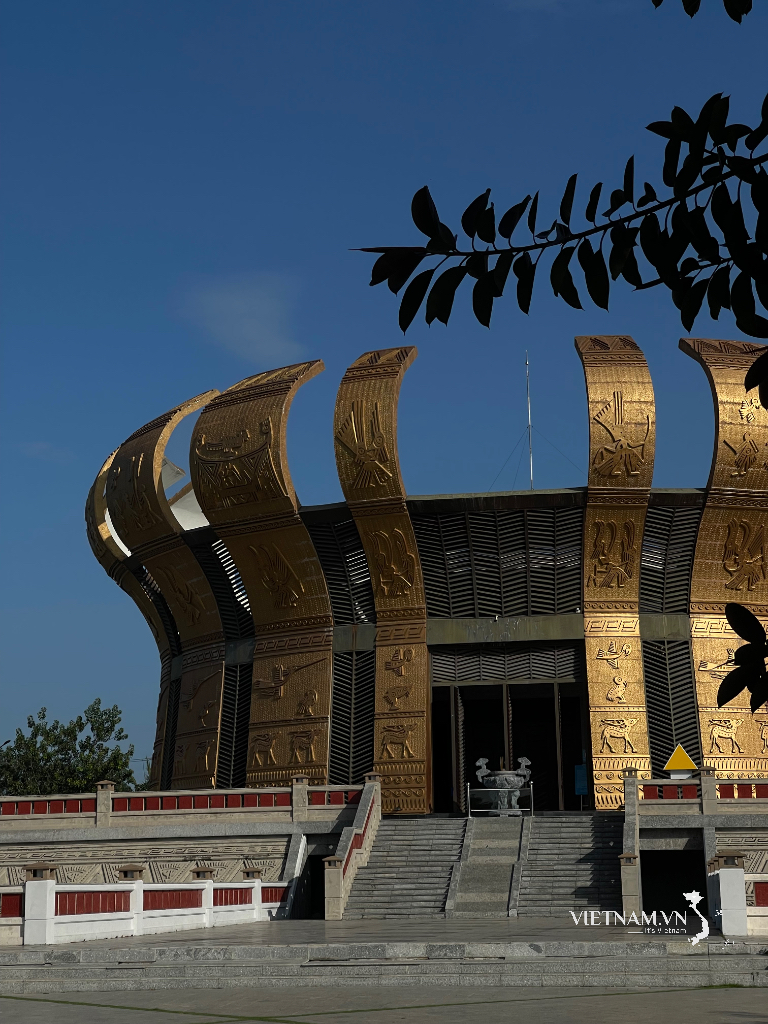
Comment (0)